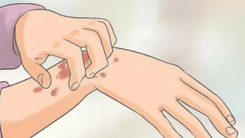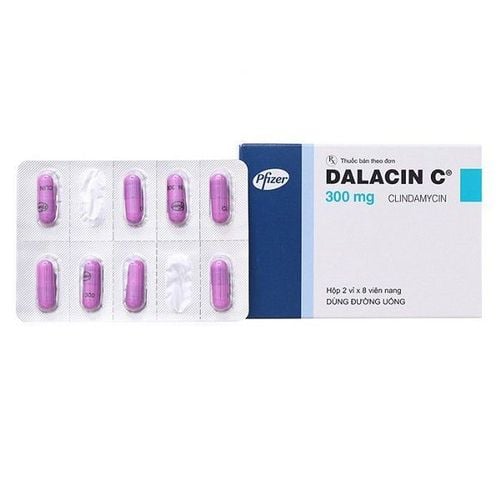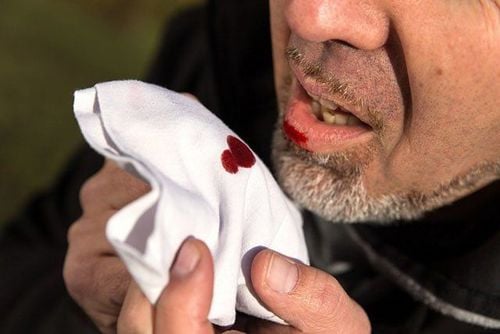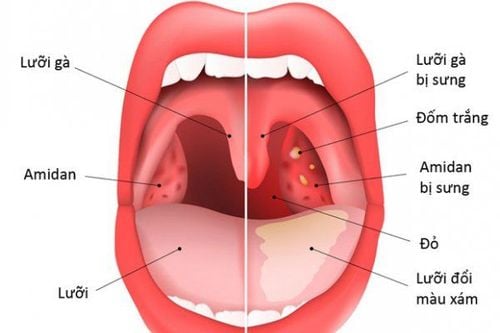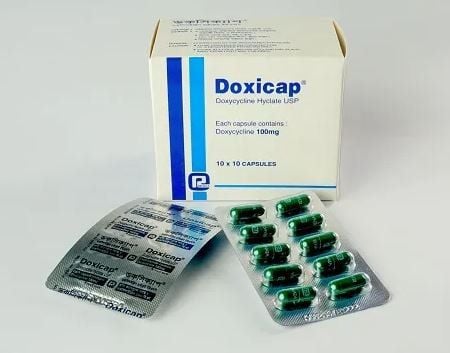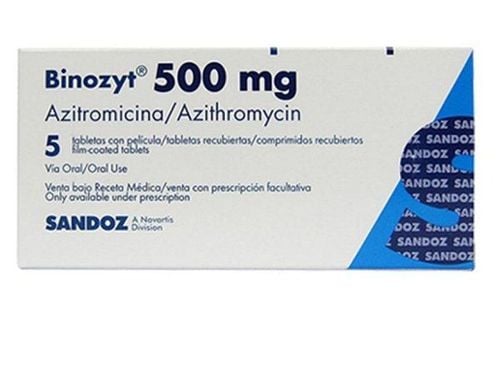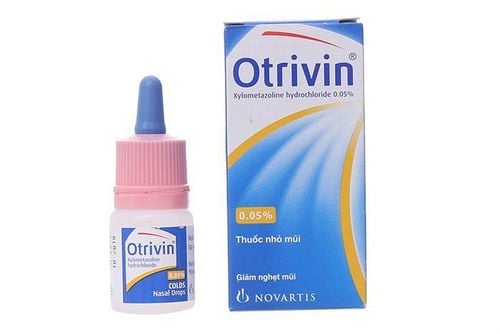This article is professionally consulted by Specialist Doctor II Nguyen Van Thai, M.D. - Otorhinolaryngologist - Department of Otorhinolaryngology and Head and Neck Surgery - Vinmec Da Nang International General Hospital.
Maxillary sinusitis is a common type of sinusitis which can lead to complications such as pansinusitis, pharyngitis, optic neuritis… if it is left untreated.
1. Maxillary sinusitis
Maxillary sinusitis is the most common type of sinusitis. The maxillary sinuses are located around the eyes and on both sides of the cheeks. These sinuses are lined with a mucous membrane. When this mucous membrane becomes inflamed, maxillary sinusitis occurs.
For people with acute maxillary sinusitis or purulent sinusitis caused by dental diseases, if left untreated, serious complications may occur, such as:
- Pansinusitis: inflammation of the frontal sinuses, ethmoid sinuses, ... These sinuses are located close together and have a strong link with the maxillary sinuses.
- Pharyngitis, laryngitis: pus from the sinuses drains into the throat causing infection.
- Optic neuritis, sinus thrombophlebitis: if maxillary sinusitis is prolonged, it can cause these conditions.
2. Symptoms
Since maxillary sinusitis is a type of sinusitis, it also has similar symptoms such as:
- Dull headache and facial pain
- Fever
- Purulent nasal discharge on the affected side
In addition, the symptoms of maxillary sinusitis also depend on the type of maxillary sinusitis you have:
- Acute maxillary sinusitis: patients may experience sharp pain in the head accompanied by high fever. The pain can be continuous and may be accompanied by aching in the upper jaw, eye sockets, and then spread to the temples and eyes. If the patient has left maxillary sinusitis, the pain will be on the left side of the face and vice versa. Patients may feel more pain when bowing their heads, bending over, or running. When pressing on the canine fossa, the patient will feel pain and the jaw will be sore. Initially, the nasal discharge is watery, then it becomes thicker, gradually turning yellow, purulent, and foul-smelling. Before transitioning to the chronic stage, the symptoms of acute maxillary sinusitis usually last about 6 weeks.
- Chronic maxillary sinusitis: At this stage, patients no longer have pain in the facial area, but they will have nasal congestion. At this time, patients will feel tired, the discharge has a foul-smelling yellow-green color, and the temples are very painful. Chronic maxillary sinusitis is a very dangerous disease, if left untreated, it can lead to serious complications.
- Maxillary sinusitis due to dental diseases: patients feel pain ranging from severe to dull in the facial area, especially on both cheeks. Pus drains from the nose and bad breath.

3. Causes
The causes of maxillary sinusitis include:
- Long-term allergic rhinitis
- Deviated nasal septum
- Dental diseases
- Trauma from accidents or surgery
- Bacteria from the outside invade.
4. Risk factors
Maxillary sinusitis is a common disease that can occur in anyone. However, some people may be more susceptible to this disease if they have the following risk factors:
- Untreated tooth decay, oral infections...
- Have had a tooth extraction or oral surgery. The doctor may accidentally injure or leave a foreign object in the maxillary sinus.
- History of allergic rhinitis or maxillary sinusitis.
- The structure of the maxillary sinus is damaged or deformed due to surgery.
5. Treatment
The most common treatment for maxillary sinusitis is medication. Doctors will prescribe antibiotics depending on the cause of the disease. Patients may also need to combine with pain relievers, anti-allergy drugs, anti-edema drugs...
If patients have severe maxillary sinusitis or if drug treatment is ineffective, the doctor will indicate another treatment regimen. Patients may undergo a Proetz procedure (sinus irrigation) to deliver medication into the sinuses; maxillary sinus puncture to drain pus; surgery to remove nasal polyps, correct the septum...
If maxillary sinusitis is caused by dental diseases, the doctor will treat the underlying cause. In some cases, patients may need to have teeth extracted.
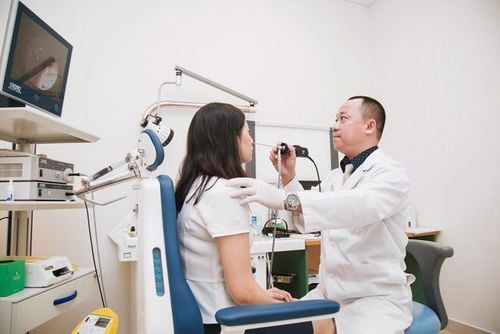
6. Prevention
Besides treatment, lifestyle and diet also play an important role in helping patients recover quickly. Patients need to have a balanced diet, rest, exercise, and labor reasonably. In addition, patients should also avoid the following foods:
- Spicy foods: these foods can cause acid reflux - cause of ear, nose, and throat problems.
- Allergenic foods: if you are allergic to any food, avoid consuming them.
- Stimulants: carbonated drinks, beer, wine, coffee... can cause acid reflux.
- Milk and dairy products: these foods may increase mucus in the nose, making it difficult for the nasal airflow.
- Cold water or ice: they will irritate the mucous membranes of the mouth and respiratory tract.
Maxillary sinusitis is a common type of sinusitis which can lead to serious complications if it is left untreated. Therefore, if you spot any abnormal signs, go to a medical facility for timely examination and treatment.
Vinmec International General Hospital is one of the facilities that not only ensures professional quality with a team of experienced doctors, a system of modern technological equipment but also stands out with comprehensive, professional examination, consultation and treatment services; civilized, polite, safe and maximum sterile environment.
Please dial HOTLINE for more information or register for an appointment HERE. Download MyVinmec app to make appointments faster and to manage your bookings easily.





